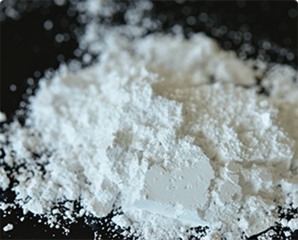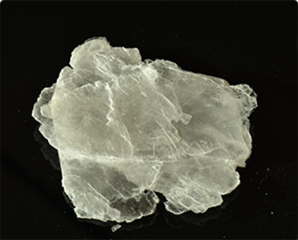Feb . 19, 2025 02:56
Back to list
what is mica used for
Mica, a naturally occurring mineral, is an indispensable component across a multitude of industries, thanks to its unique physical and chemical properties. From construction to cosmetics, its utility is diverse and significant.
In the field of plastics, mica increases the strength and flexibility of polymer compounds. By reinforcing the structure of the plastic products, mica ensures that they are robust and durable, with greater resistance to wear and tear. This characteristic makes it an invaluable ingredient in producing stronger plastic components for various applications, from household items to industrial uses. The sustainability aspect of mica mining and processing is increasingly coming to the forefront. As industries strive for more ethical and environmentally friendly sourcing practices, focusing on the responsible acquisition of mica becomes crucial. Transparency and adherence to environmental norms ensure that the benefits of mica can be harnessed while minimizing harm to the environment and communities. Health and safety aspects further emphasize mica's versatility and trustworthiness. In industrial applications, while handling mica dust, adequate safety measures are imperative to avoid respiratory issues. However, the industry-wide awareness and implementation of stringent safety protocols help in mitigating potential risks associated with its processing and use. In summary, the wide-ranging uses of mica underscore its integral role in modern industry and everyday products. Its multi-functional properties facilitate innovation and efficiency across sectors, while ongoing developments in sustainable practices promise the continued relevance and growth of mica use. Mica not only enhances product performance but also aligns with the evolving expectations of sustainability and safety, ensuring its continued indispensability in the future.


In the field of plastics, mica increases the strength and flexibility of polymer compounds. By reinforcing the structure of the plastic products, mica ensures that they are robust and durable, with greater resistance to wear and tear. This characteristic makes it an invaluable ingredient in producing stronger plastic components for various applications, from household items to industrial uses. The sustainability aspect of mica mining and processing is increasingly coming to the forefront. As industries strive for more ethical and environmentally friendly sourcing practices, focusing on the responsible acquisition of mica becomes crucial. Transparency and adherence to environmental norms ensure that the benefits of mica can be harnessed while minimizing harm to the environment and communities. Health and safety aspects further emphasize mica's versatility and trustworthiness. In industrial applications, while handling mica dust, adequate safety measures are imperative to avoid respiratory issues. However, the industry-wide awareness and implementation of stringent safety protocols help in mitigating potential risks associated with its processing and use. In summary, the wide-ranging uses of mica underscore its integral role in modern industry and everyday products. Its multi-functional properties facilitate innovation and efficiency across sectors, while ongoing developments in sustainable practices promise the continued relevance and growth of mica use. Mica not only enhances product performance but also aligns with the evolving expectations of sustainability and safety, ensuring its continued indispensability in the future.
Prev:
Latest news
-
Transforming Surfaces with Mica-Enhanced Paints in Coatings and DecorationNewsJul.02,2025
-
The Ultimate Guide to Mica-Based Luminous Colors with Pearlescent PigmentNewsJul.02,2025
-
The Critical Role of Mica in Industrial Applications in Welding and Oil FieldsNewsJul.02,2025
-
Revolutionizing Automotive Aesthetics with Modified Plastics Pearlescent PigmentsNewsJul.02,2025
-
The Secret with Mica Powder for Cosmetics Behind Radiant, Natural MakeupNewsJul.02,2025
-
Enhancing Performance in Polymer Applications with Mica Powder for RubberNewsJul.02,2025
Products categories









